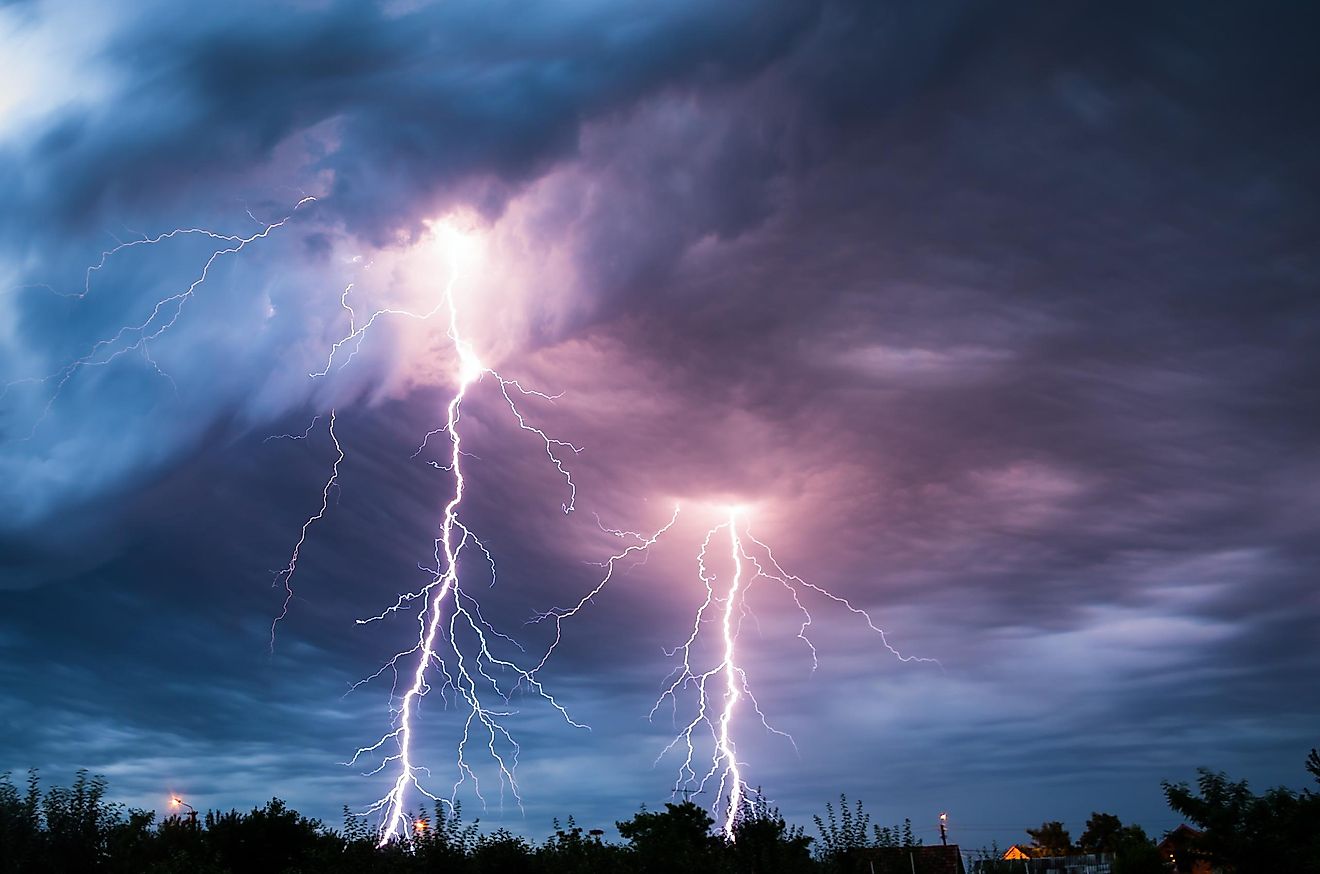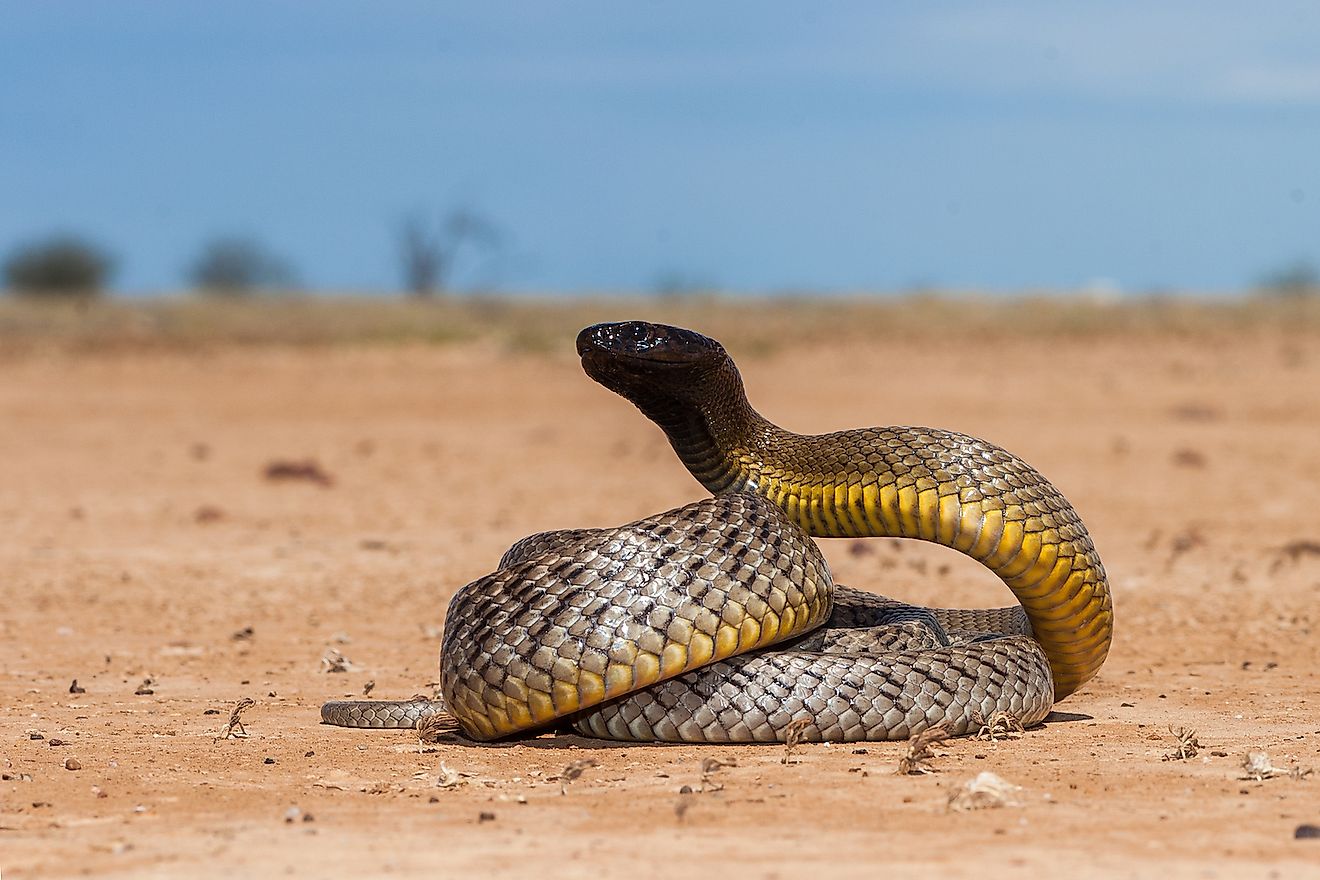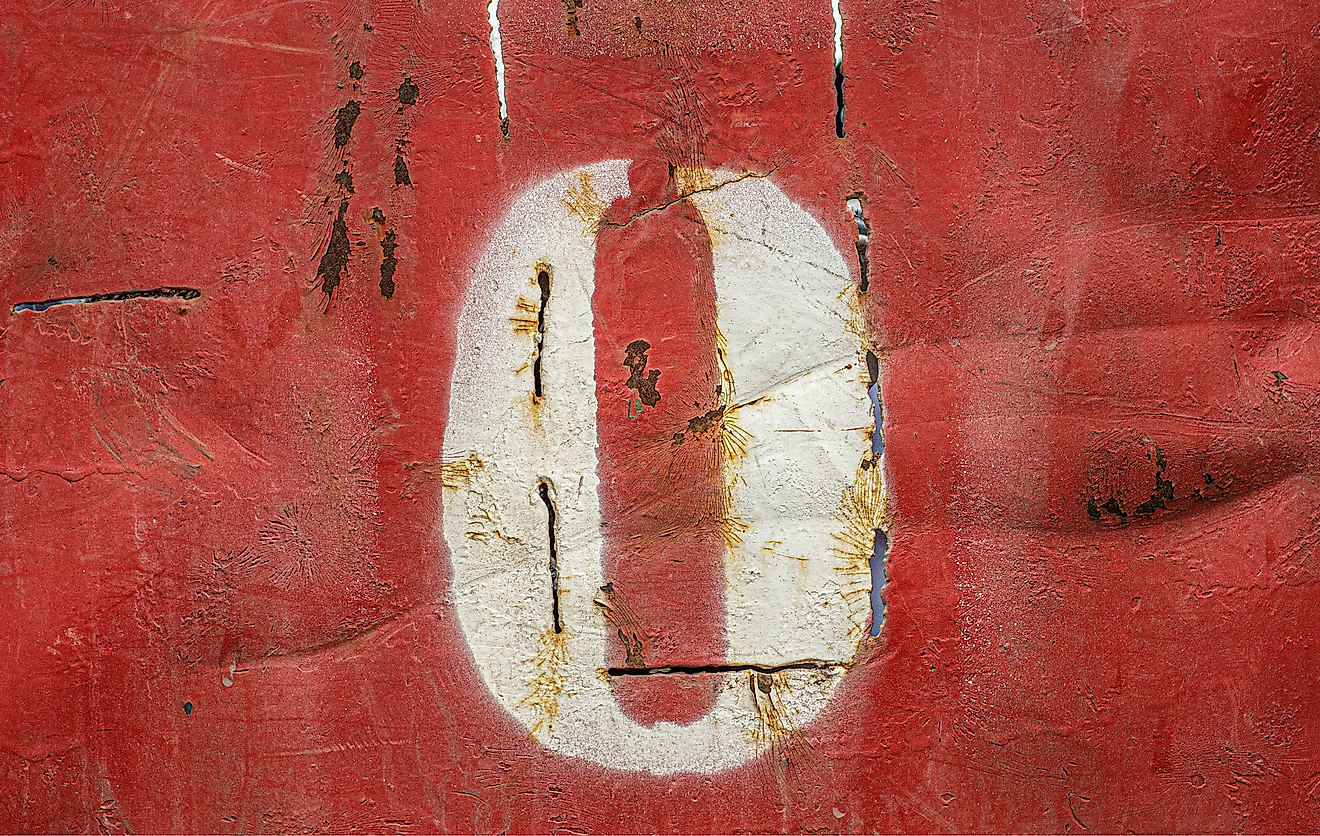What Are 4 Types Of Friction?

- Friction is a force that opposes the moving of a solid object over a different solid object.
- Static friction exists between a stationary object and the surface it is placed on; it prevents things from moving around when we place them somewhere.
- Rolling friction or rolling resistance is the force that slows down the motion of rolling balls or wheels.
If you have ever climbed a rock wall, you know that gravity is constantly pulling you downward, while you are using your strength to pull yourself upwards. However, another force helps you while climbing by preventing your feet and hands from slipping. This is friction.
Another good example of friction would be the brakes in our cars. When we use our brakes to stop the car, it is friction that causes the car to slow down. The easiest way to define friction is as a force that opposes the moving of a solid object over a different solid object. It resists the motion of solid objects and fluid layers that slide against each other. There are four types of friction; static, sliding, rolling, and fluid friction.
Static Friction
Static friction is the type of friction that exists between a stationary object and the surface it is placed on. It prevents things from moving around when we place them somewhere. The glass that is probably on your table right now is standing still because of static friction. Even if things are slightly tilted, static friction can work its magic to and extent.
Things like books will not slide over the desk immediately if you tilt it a little bit. If we desire to move an object, we first need to overcome this type of friction. We do that by using force and act between the object we want to move and the surface.
Sliding Friction

It is pretty clear what type of friction this is, just by reading the name, but we will explain it nonetheless. Sliding friction is the type of friction that occurs between two objects that are sliding against each other. In sliding friction, there is always another force involved. This force makes the object move. By pushing an object, we create sliding friction; it is as simple as that. That book you placed on your desk we talked about earlier? Til the dek and sliding friction will make the book move across it and probably fall over it.
Rolling Friction
Rolling friction, also known as rolling resistance, is the force that slows down rolling balls or wheels. It slows down their motion, to be exact. Interestingly, rolling friction is also the reason why things start to move in a rolling motion in the first place. If we apply some sort of force to a wheel that is not moving, small static friction is holding it back from starting its rolling motion.
The resistance from rolling friction causes the wheel to start moving in the first place. However, once the wheel is rolling, it will start to hinder its motion and slow it down. To keep the object moving, we need the presence of another force.
Fluid Friction

Air resistance, also known as drag, is something we can witness everywhere around us. Throwing a ball creates it, as does the launching of an aircraft. Firing a bullet from a gun is another good example of this. We believe that all of these things naturally slow down by traveling through air. However, this is not the case. Fluid friction is what causes these things to slow down, and it is largely influenced by the shape of the object and the speed which it is using to move.











